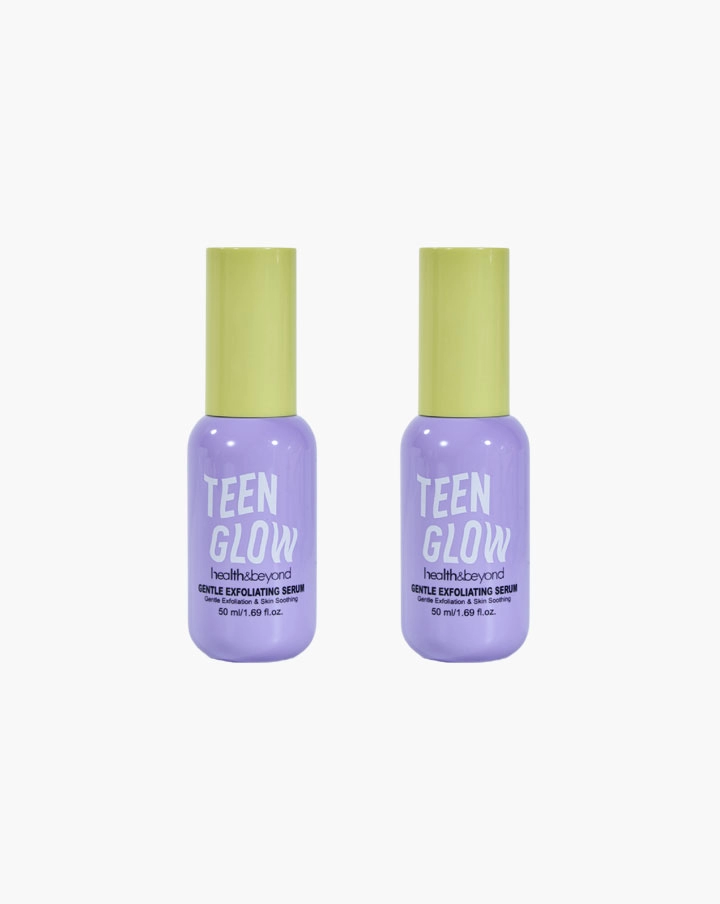When it comes to creating a recipe book, the choice of paper is often an overlooked yet crucial element that can significantly impact the overall quality and usability of the final product. The right paper not only enhances the aesthetic appeal of your book but also affects its durability, readability, and user experience. In this comprehensive guide, we will explore the various types of paper suitable for recipe books, considering factors such as weight, texture, finish, and environmental impact.
Understanding Paper Types
- Paper Weight and Thickness
- Text Weight Paper: Typically ranging from 50 to 80 gsm (grams per square meter), text weight paper is lightweight and suitable for pages that contain a lot of text. However, for a recipe book, this may not be the best choice as it can lead to bleed-through when using ink or markers.
- Cover Weight Paper: This type of paper is thicker, usually between 200 to 300 gsm, and is ideal for the cover of your recipe book. It provides durability and a professional finish, making it perfect for withstanding frequent handling in a kitchen environment.
- Interior Paper Weight: For the interior pages, a weight of 90 to 120 gsm is often recommended. This range strikes a balance between sturdiness and flexibility, allowing for easy flipping while preventing ink bleed-through.
- Texture and Finish
- Uncoated Paper: This type of paper has a natural feel and is excellent for readability. It absorbs ink well, making it suitable for recipes that may require handwritten notes or annotations. The matte finish also reduces glare, which is beneficial in bright kitchen lighting.
- Coated Paper: Available in gloss, satin, or matte finishes, coated paper provides vibrant color reproduction, making it ideal for recipe books that feature high-quality photographs. However, it may not be the best choice for handwritten notes, as ink may smudge.
- Recycled Paper: For environmentally conscious authors, recycled paper is a sustainable option that does not compromise on quality. Modern recycled papers can have a smooth finish and excellent printability, making them suitable for both text and images.
Practical Considerations
- Usability in the Kitchen
- Water Resistance: Given the nature of cooking, spills and splashes are inevitable. Consider using water-resistant paper or applying a protective coating to your pages. This will ensure that your recipes remain legible and intact, even in a messy kitchen environment.
- Lay-Flat Binding: The binding method can also influence the usability of your recipe book. A lay-flat binding allows the book to stay open at a desired page, making it easier to follow recipes while cooking. This can be achieved with certain types of paper and binding techniques.
- Printing Techniques
- Digital vs. Offset Printing: The choice of printing method can affect the type of paper you should use. Digital printing works well with a variety of paper types, while offset printing may require specific weights and finishes to achieve the best results. Understanding the printing process will help you select the most compatible paper.
- Cost Considerations
- While high-quality paper can be more expensive, it is essential to consider the long-term value. A well-made recipe book with durable paper can withstand the test of time, making it a worthwhile investment. Additionally, consider the cost of printing and binding when budgeting for your project.
Conclusion
Choosing the best paper for your recipe book is a multifaceted decision that requires careful consideration of various factors, including weight, texture, finish, and usability. By understanding the different types of paper available and their respective advantages, you can create a recipe book that not only looks stunning but also stands up to the rigors of daily use in the kitchen. Whether you opt for a glossy finish to showcase vibrant food photography or a matte texture for easy readability, the right paper will enhance the overall experience for your readers.








+ There are no comments
Add yours